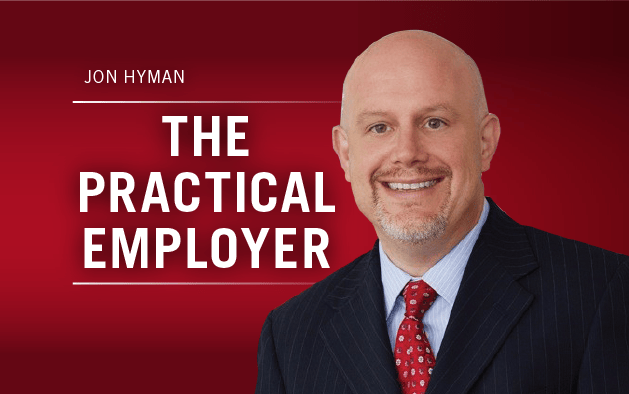April 4 was Equal Pay Day. It’s not a bank holiday, so no one got to stay home from work, but it is an important date for women.
LeanIn.org, the nonprofit Facebook COO Sheryl Sandberg created to make the workplace better for women, launched its latest campaign/hashtag on the 4th. Joining #BanBossy and #LeanInTogether, #20PercentCounts shines a bright light on the fact that, on average, women make 20 percent less than men in the U.S.
According to the Forbes piece where I learned about the campaign, that stat is quite a bit worse if you’re a woman of color. Black women make 37 percent less, and Hispanic women make 46 percent less. Over the lifetime of a woman’s career that disparity could cost her a good half million dollars.
Ouch. I’m bleeding over here, metaphorically speaking. But, in an effort to stem some of the pain, starting on the 4th hundreds of companies around the country are offering a 20 percent discount to draw attention to wage disparities.
That’s great. But you know me. I want to know why. Why does this pay gap still exist? Why are so few organizations correcting these obvious inequities? They know about the problem; the data certainly isn’t a secret. The scope of the issue is not small; it touches every industry with the possible exception of the fashion industry; female models traditionally make more than their male counterparts.
 Even if companies could reasonably pretend ignorance President Obama publicly tried to put us on the path to financial parity. Though his efforts have been neatly undercut, or should I say revoked, by the current administration.
Even if companies could reasonably pretend ignorance President Obama publicly tried to put us on the path to financial parity. Though his efforts have been neatly undercut, or should I say revoked, by the current administration.
So why the whole ostrich act? It’s a complex answer related to widespread workplace culture change, budgets, leadership accountability, commitment to diversity and inclusion and a host of other strategic concerns that impact most dimensions of diversity in some shape or another. But the short answer is, companies don’t want to fix this problem.
But here’s the thing. Women are fed up, and we’re speaking out. Executives like Sheryl Sandberg, actresses like Jennifer Lawrence, Emma Watson and a host of others — including some big name men — are creating a stink that could have direct implications for the talent marketplace.
So, diversity and talent leaders, if your company isn’t making an effort to make its pay practices fair, you’ve been officially put on notice. Do it, or you will lose talent, you will lose discretionary effort, you will lose engagement, productivity and more. You will incur negative costs related to turnover, retention, recruiting, litigation and brand reputation. All it takes is one tweet or video to go viral, and your standing in the global marketplace will take a hit so big it’ll make a gunshot look like a scratch.
Ask Lyft. It has been thoroughly enjoying the customer-related fruits of Uber’s female-centric missteps. Ask Pepsi. That team can tell you what happens when you make light of the issues that minorities care about. And women — all numbers aside — are very much considered minorities.
We’re also not stupid. We know the only thing standing between us and a fair wage is desire. If I’m not being clear, I’m saying: Women aren’t being paid the same salaries as their male peers for the same work because companies don’t want to pay them the same salaries as their male peers for the same work.
Companies don’t want to invest the time or the resources to investigate and identify pay inequities and root out the issues that perpetuate this cycle of discrimination. That would take time, effort and require a ton of change, and we all know change is rarely easy for any person, let alone an entire organization.
Companies don’t want to acknowledge that they may be — are — systemically cheating a sizeable chunk of their workforce out of their hard-earned pay. It could throw the door to legal sanctions wide open, bring the wrath of a thousand lawsuits down on their heads, not to mention giving women ideas about what else they deserve in the workplace.
But companies are going to pay one way or the other, whether in cash or in kind. Think about this scenario.
A hard-working woman with great ideas and a knack for business development requests a raise after learning her male peer is making more money than she is. She is denied. She leaves, starts her own company, and many of the clients she brought to her former employer choose to leave with her. See, they know where the talent and creative juice comes from.
She pulls so much business away from her old employer they have to hire her as an external consultant to get back some of that innovative, market savvy they shortsightedly let go. Her rate as an independent operator is triple — or more — what it was when she was an employee.
I didn’t just make that story up. It happens all the time because more women than ever are choosing to leave the workforce and start their own businesses.
Companies have a choice to make. Will they pay on the front end — top talent recruiting, brand reputation, customer loyalty — or will they pay on the back end — legal fees, turnover, retention issues? Will they acknowledge that pay gaps exist and do the work required to close them, or will they turn a blind eye and unwittingly encourage their female talent to vote for a better way of life and career with their feet?
It’s up to talent leaders to decide how and when they’ll take that bitter pill, and whether or not they’ll choke while it’s going down.
Kellye Whitney is associate editorial director for Workforce. Comment below or email editor@workforce.com.








